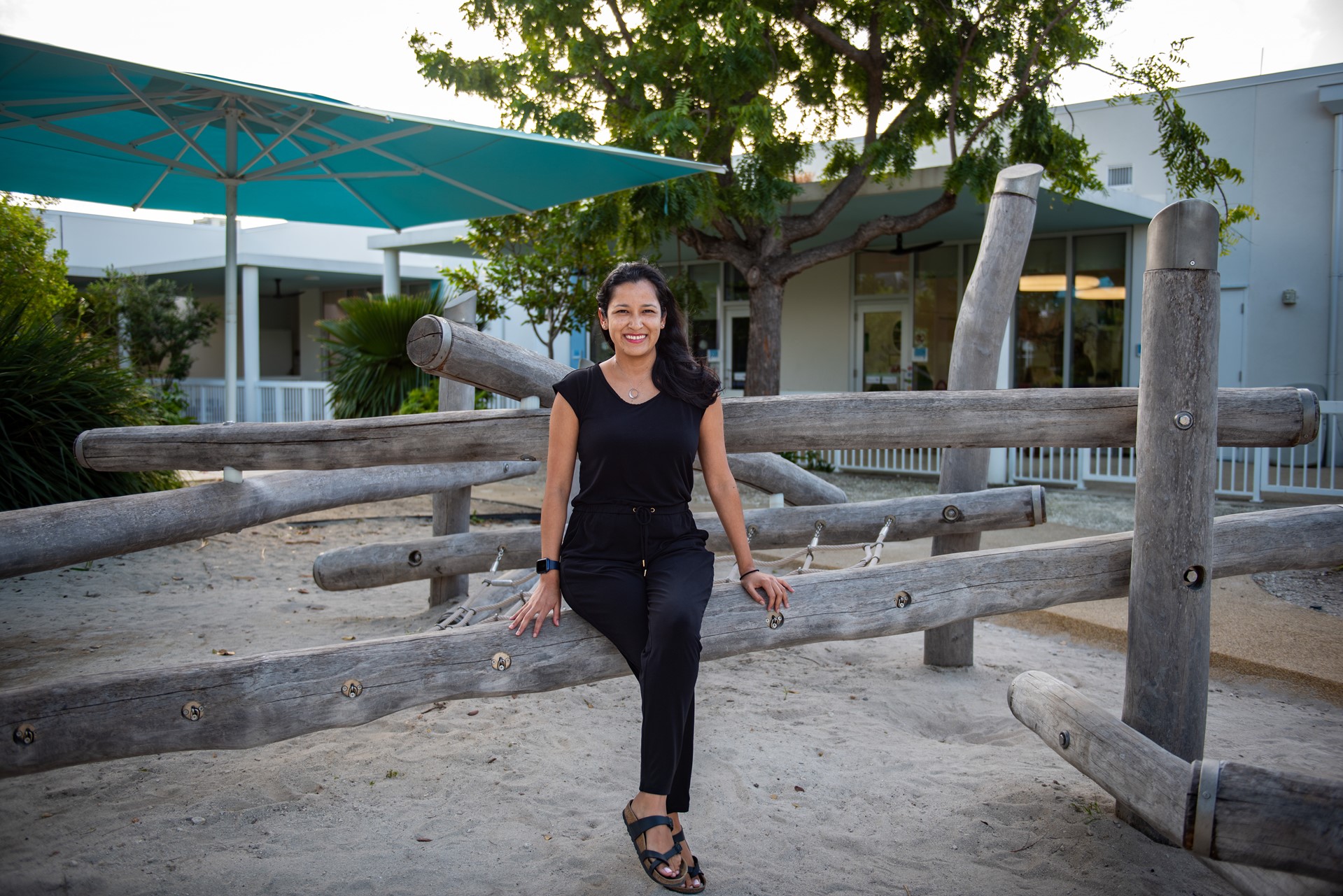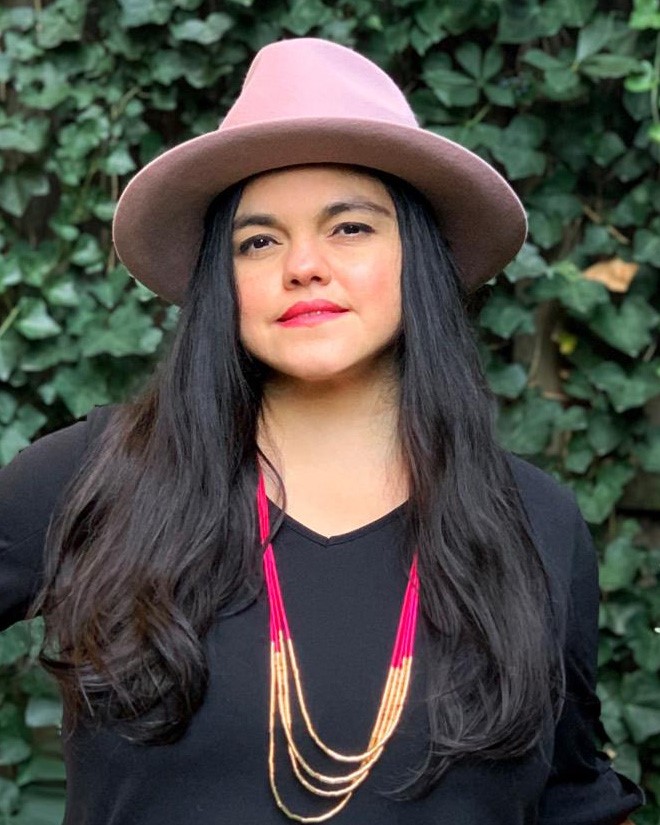When Katherine Huamani, a New York City-born-and-raised educator with Peruvian roots, first heard of a job opening for the early childhood principal at Cayman International School, she said to herself, “Why not?"
“I quickly knew it would be a good fit,” says Huamani, whose teaching philosophy aligns with the school's student-centric approach to early childhood education.
“In speaking with members of the CIS community, I understood their intentionality of education and it was exactly what I was hoping for.”
Cayman International School Director Jim Urquhart says that Huamani is an excellent listener and a deep thinker. “Her supportive and approachable style makes her an expert at building relationships with people of all ages – students and adults alike.”
WHY NOT?
As an avid traveller with an adventurous spirit, Huamani frequently asks “Why not?” when faced with a decision. This has led her on a professional journey that also includes work in South Korea and Morocco.
Huamani believes that school is a portal of possibilities for children in early childhood and she regularly asks herself, her students and her peers the question “Why not?” when considering a new idea or solving a problem.
“Every day at school is an opportunity for children to fall in love with learning by working with their hands, playing in dramatic centers or building with friends,” says Huamani. “School is also the place where brains are stretched in the languages of letters, numbers, music and, most of all, it’s a place where possibilities become realities.”

BALANCE
Huamani’s experience as an educator includes working at institutions with philosophies at opposite ends of a spectrum — from rigid and teacher-centric approaches to those that are autonomous and unstructured — but she believes in a student-centric approach that balances a structured curriculum with a student’s needs.
“I believe in balance,” says Huamani. “At CIS there is a balance that allows students to develop a voice and figure out their skills, hobbies, who they are and who they want to be.”
In addition to aligning with the CIS educational approach, Huamani admires the thoughtfulness of the purpose-built early-childhood campus, which serves children ages 2 to 4.
“Every nook and cranny was designed with little children in mind,” says Huamani. “I often walk with kids and notice how comfortable they feel and how easily they can navigate between indoor and outdoor spaces.”
Urquhart says that Huamani is highly visible at school and that “the faces of our kids light up when they see her. Her ability to gracefully move between the big picture and the fine details gives her impressive vision.”
This article was originally featured in the January 2022 print edition of Camana Bay Times.

About the author
Andrea Lumsden has worked with Dart since 2013 and has been writing professionally since 2003. Graduating from university with a BA in Communication, Andrea has worked with clients across a range of industries, including financial services, hospitality and real estate. Raised in the Cayman Islands, she’s a bookworm at heart who enjoys cooking and travelling with her husband and three children. Find her in Camana Bay reading a good book and savouring the ocean breeze.